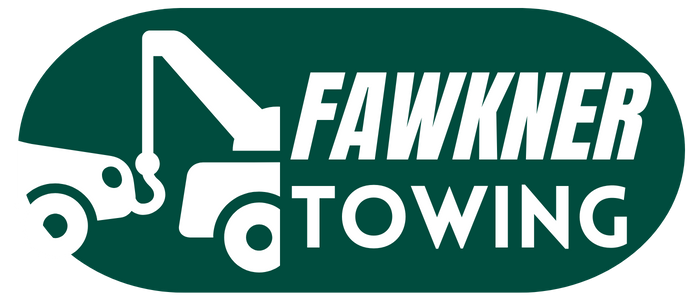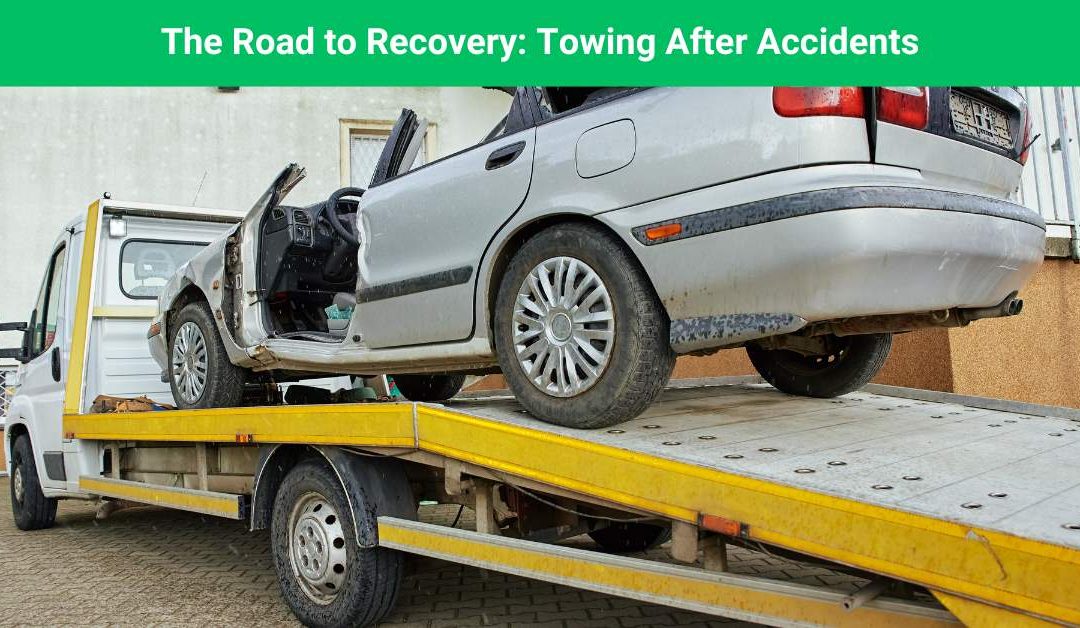Accidents can happen in the blink of an eye, and when they do, tow trucks play a vital role in clearing the scene, removing damaged vehicles, and ensuring the safety of everyone involved. Towing after accidents is a complex process that requires expertise, specialized equipment, and quick decision-making to handle the aftermath effectively. Whether it’s a minor fender-bender or a multi-vehicle pileup, towing professionals are trained to manage the scene, recover the vehicles, and transport them to a safe location.
Assessing the Accident Scene
When a tow truck arrives at an accident site, the first priority is to assess the situation carefully. Towing professionals must consider a variety of factors, including the severity of the crash, the condition of the vehicles, the safety of the people involved, and the surrounding environment. In the case of a major accident, tow truck operators work closely with law enforcement, fire services, and paramedics to ensure the area is secure and that vehicles are safely removed without causing further damage or disrupting traffic flow.
At this stage, it’s essential for drivers and bystanders to remain calm and follow any instructions given by the authorities or towing professionals. Clearing the road as quickly as possible helps prevent additional accidents, keeps traffic flowing, and allows emergency responders to do their jobs efficiently.
Types of Tow Trucks Used for Accident Recovery
Accident recovery towing often requires specialized equipment, and the type of tow truck used depends on the nature of the accident and the vehicles involved. For lighter vehicles, flatbed tow trucks are often preferred because they provide a safe and secure method of transport. These trucks are equipped with hydraulic ramps that allow vehicles to be gently loaded onto the bed, ensuring that no further damage is done to the car during the tow.
In cases of more severe accidents, where vehicles may be overturned or extensively damaged, rotator tow trucks or heavy-duty wreckers come into play. These powerful machines are equipped with rotating booms and winches, allowing them to lift and recover even the heaviest and most difficult-to-move vehicles. Rotators are especially useful when dealing with large trucks, buses, or industrial vehicles, as they can reach high or awkward angles to right the vehicles safely.
Recovering Damaged Vehicles
Once the proper tow truck is selected and the vehicles are secured, the recovery process begins. In many cases, accident vehicles may be in precarious positions, such as overturned, wedged against barriers, or hanging off an embankment. Tow truck operators are trained to assess the safest way to recover these vehicles, often using additional equipment like winches, airbags, or cranes to carefully extract them without causing further damage.
For smaller vehicles, a wheel-lift tow truck may be used. This machine lifts the vehicle by its wheels, allowing it to be moved without dragging the undercarriage. In situations involving more significant damage, like when a car is crushed or severely bent, operators must take extra precautions to prevent parts from falling off or becoming hazardous during recovery.
Safety Considerations During Towing
Towing after an accident requires not only technical skill but also strict attention to safety. Tow truck operators wear protective gear, such as helmets and gloves, to shield themselves from any hazards. Additionally, they follow precise procedures for securing vehicles and ensuring that they remain stable during transport.
To minimize the risk of further injury, it’s crucial to clear the accident site of any debris or obstructions that could cause additional harm. At the same time, operators must remain mindful of traffic and work quickly but carefully to avoid creating congestion or causing additional accidents.
Transporting Vehicles to the Right Location
Once the vehicles have been safely recovered, the next step is transporting them to the appropriate location. In most cases, this means taking the vehicle to an impound lot, auto repair shop, or insurance company’s designated facility. Towing professionals work with law enforcement and insurance companies to ensure that the vehicle reaches its destination without delay.
For those involved in accidents, the recovery process is often just the beginning. After the vehicle is towed, the owner may need to file a claim with their insurance company or work with a mechanic to assess the extent of the damage. Tow truck operators may also be involved in coordinating with these parties to ensure that the vehicle is handled properly and that no further damage occurs during transport or storage.
Conclusion
Towing after accidents is a critical service that ensures safety, recovery, and the swift removal of vehicles from accident scenes. From assessing the scene to recovering damaged vehicles and ensuring safe transport, towing professionals are integral in the process of post-accident recovery. By following best practices, using specialized equipment, and maintaining safety at all times, towing operators help make the road to recovery a little less challenging for everyone involved. Whether it’s a minor mishap or a major collision, the towing industry plays a crucial role in keeping our roads safe and functional after an accident.


Recent Comments